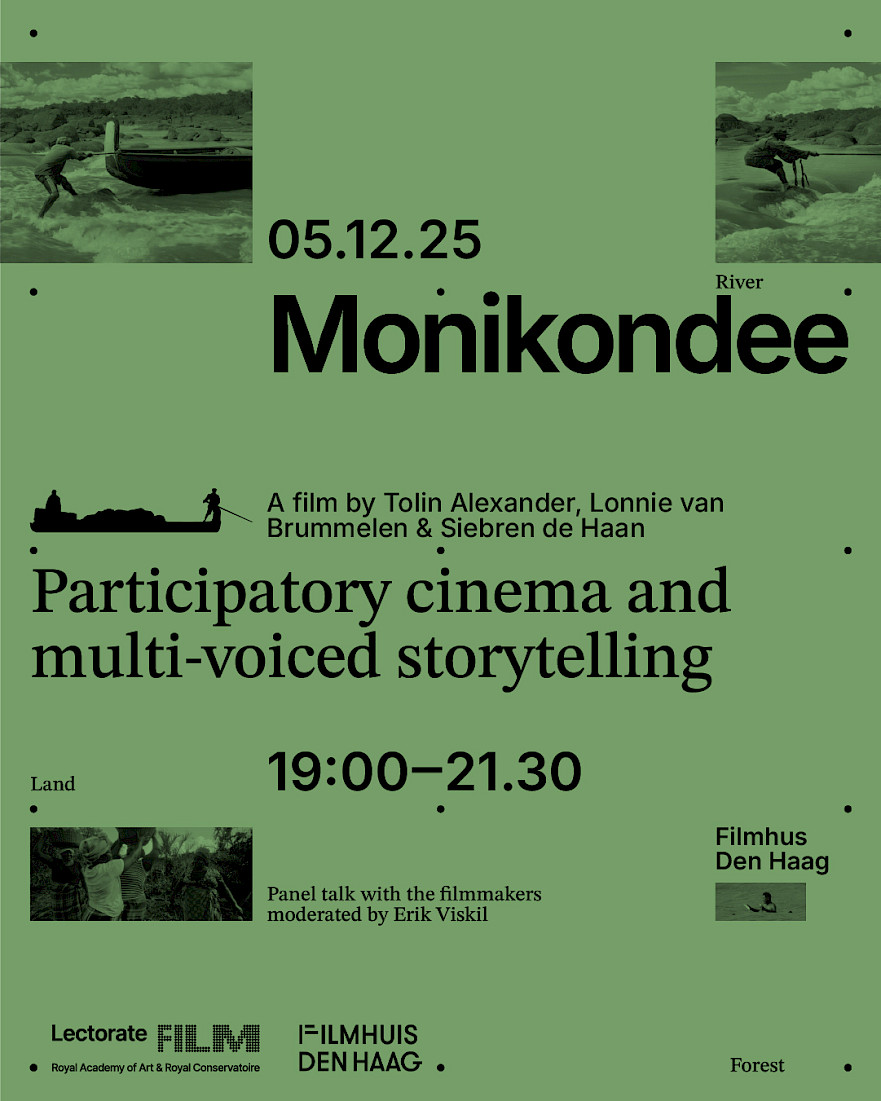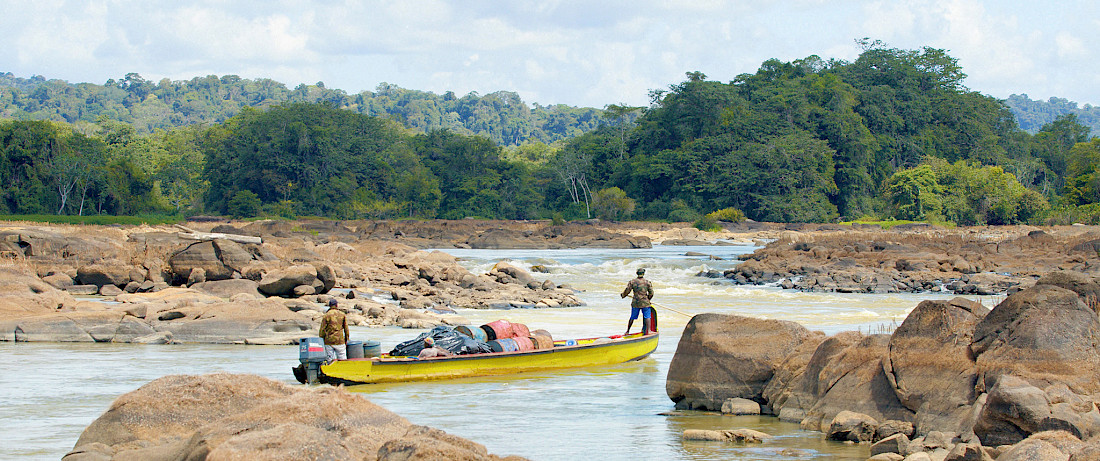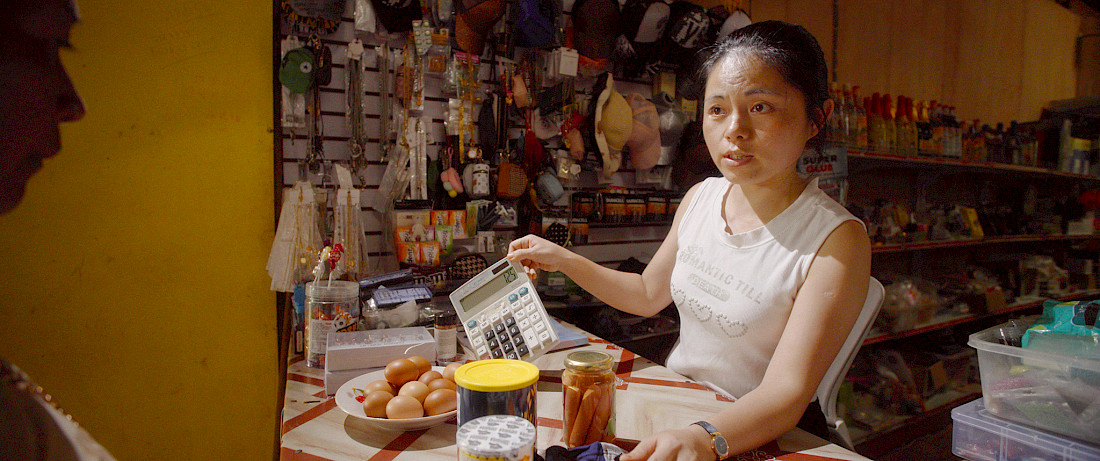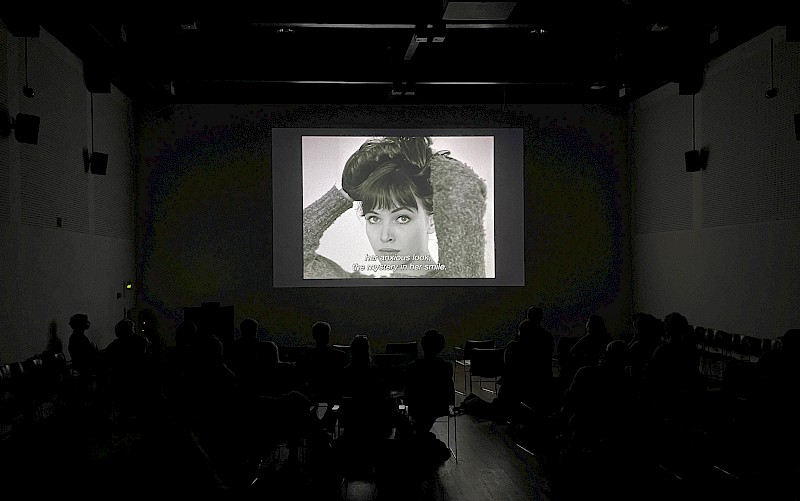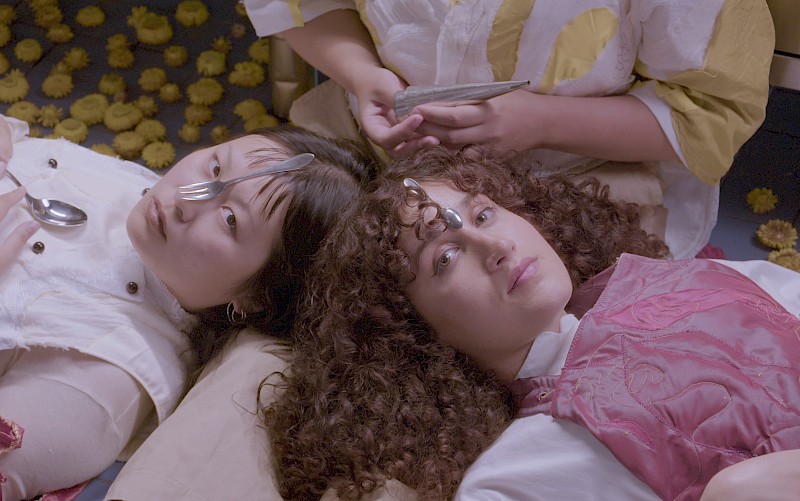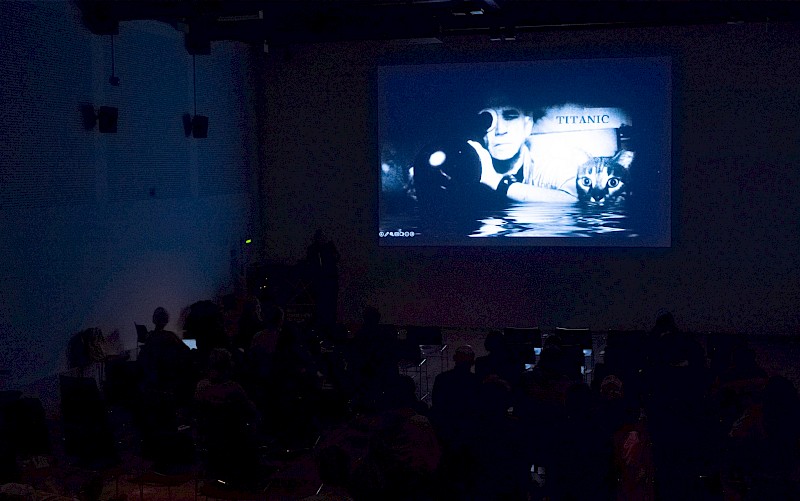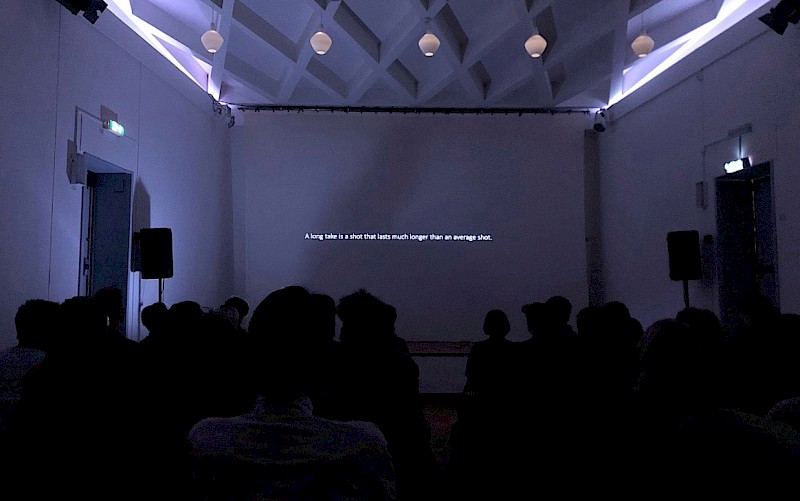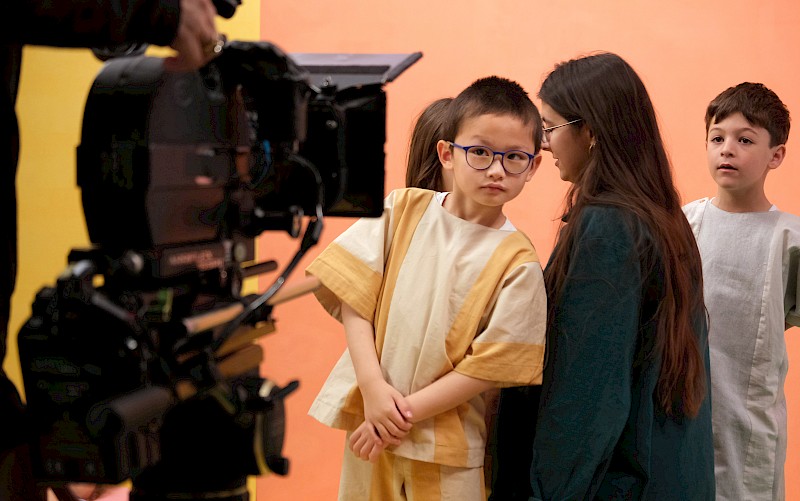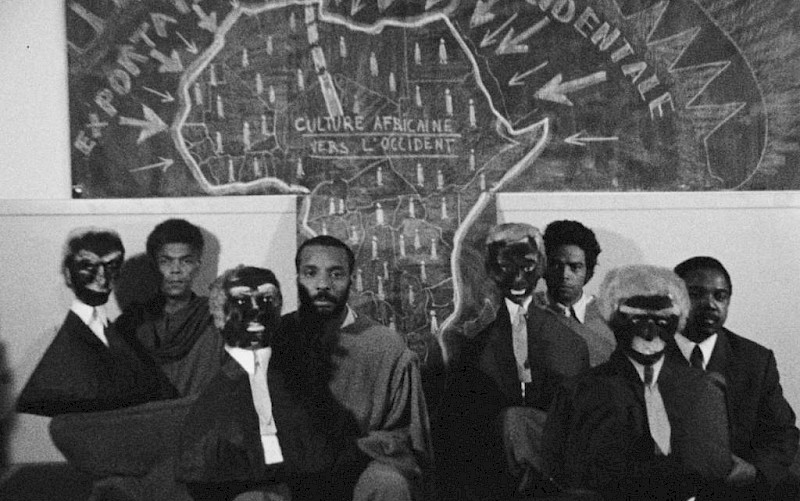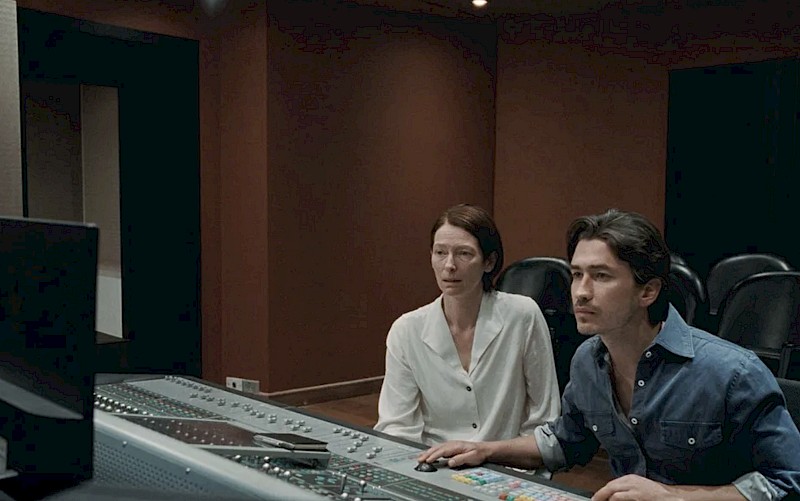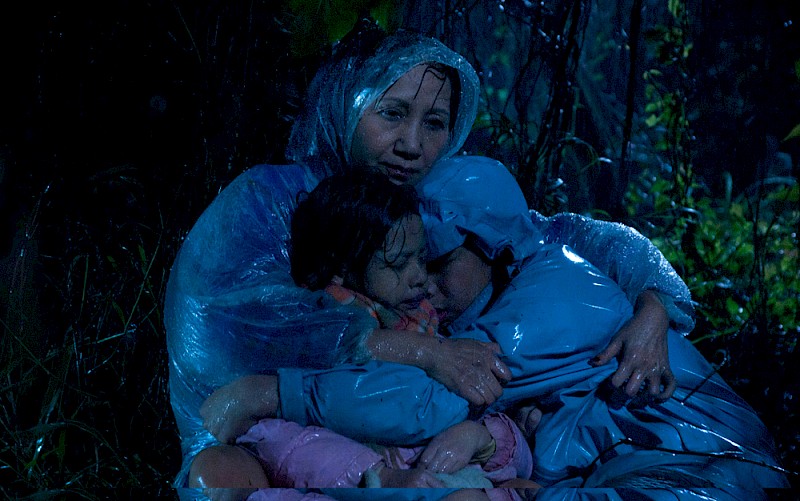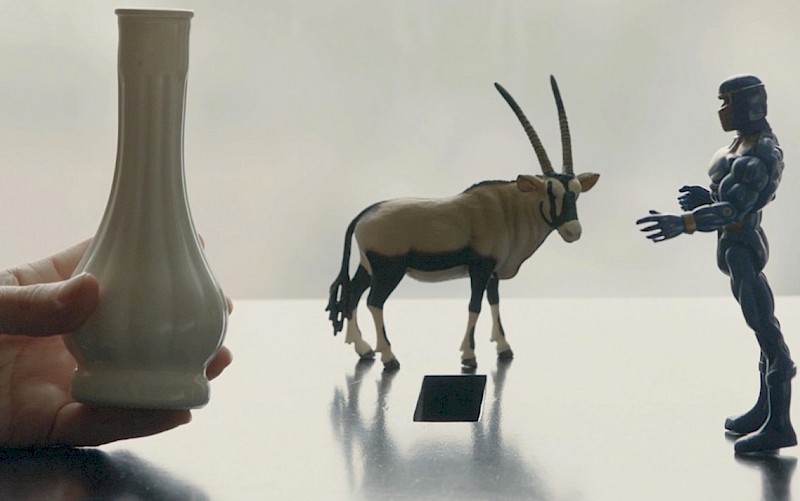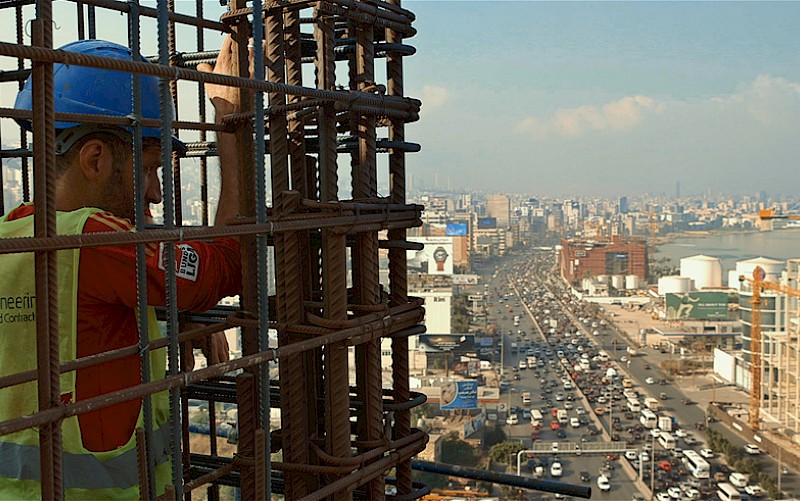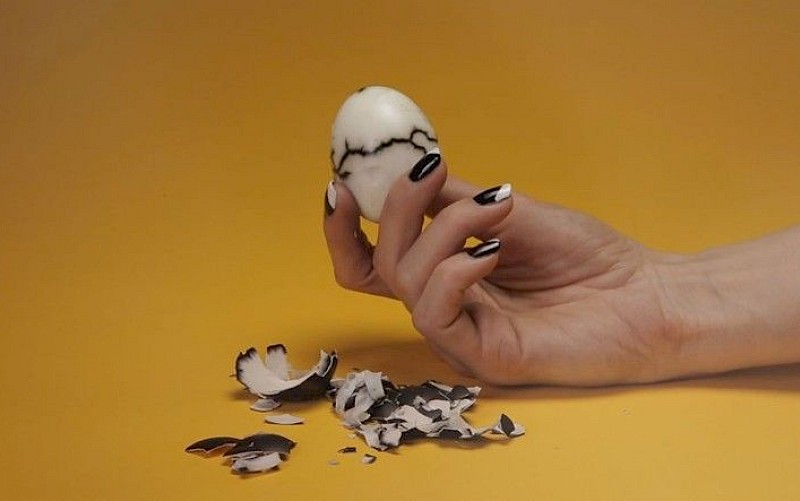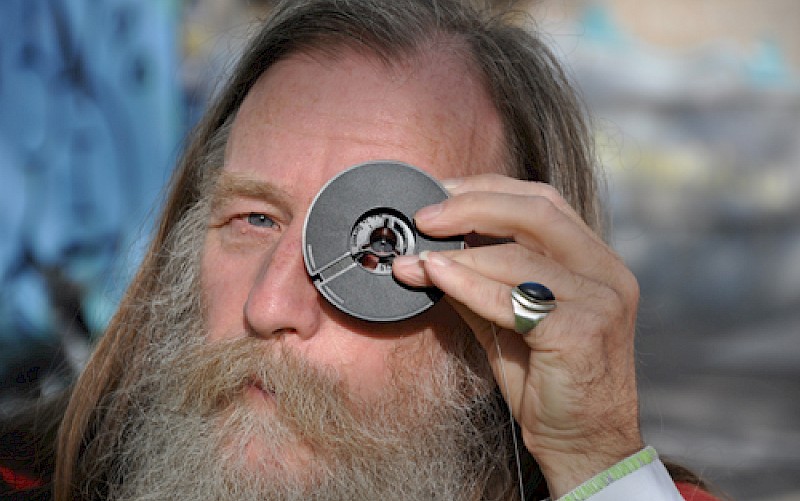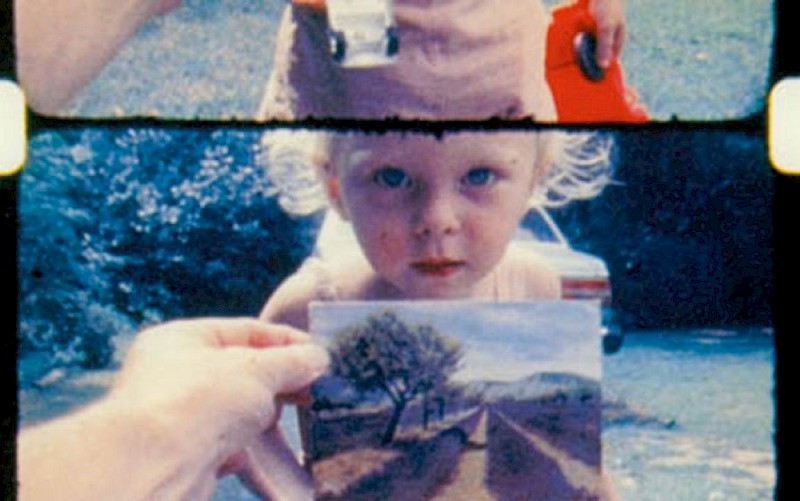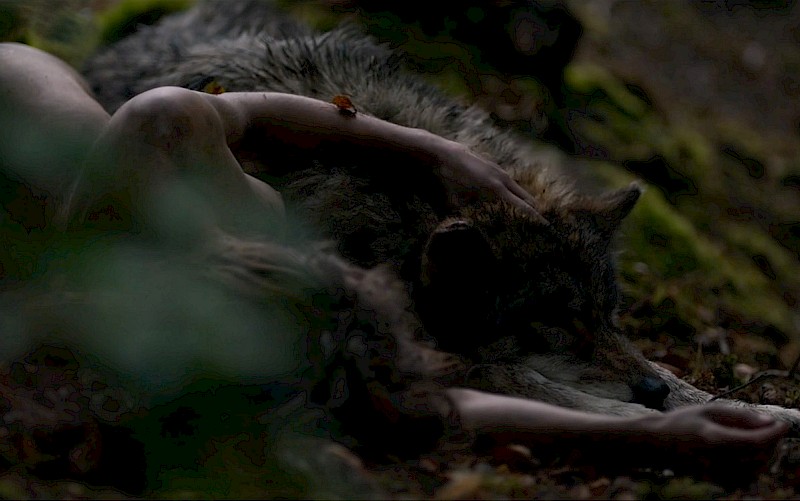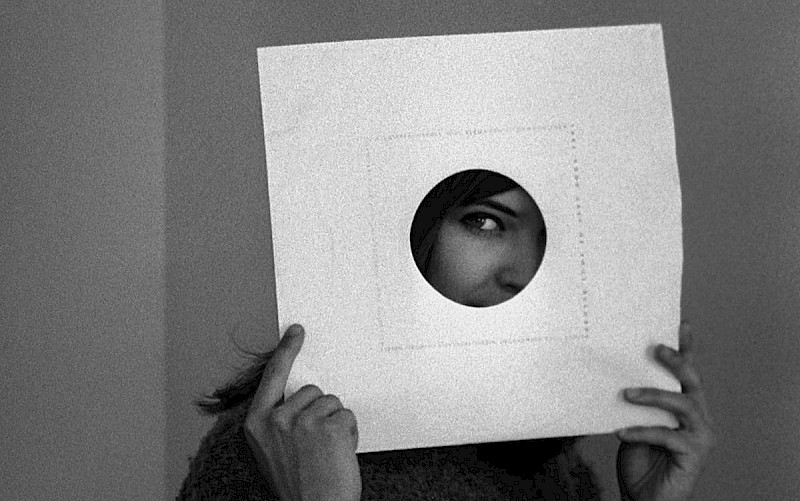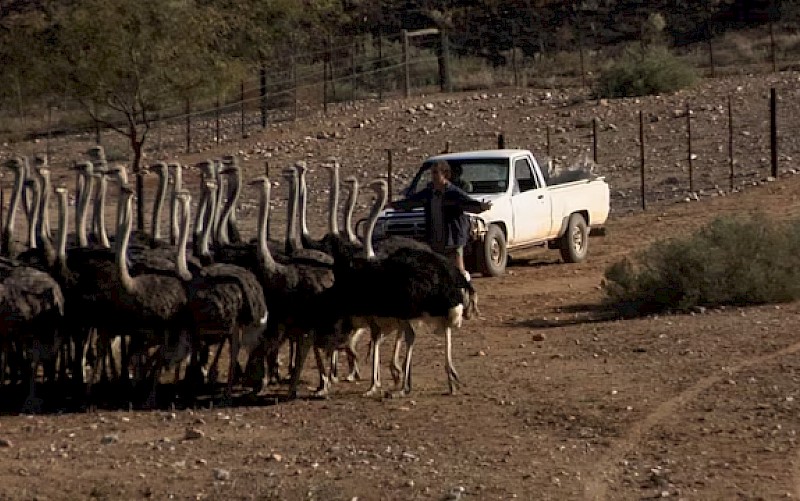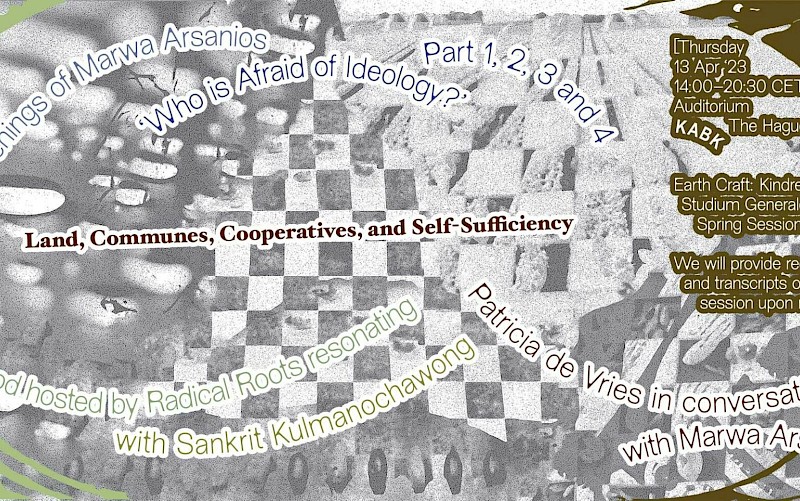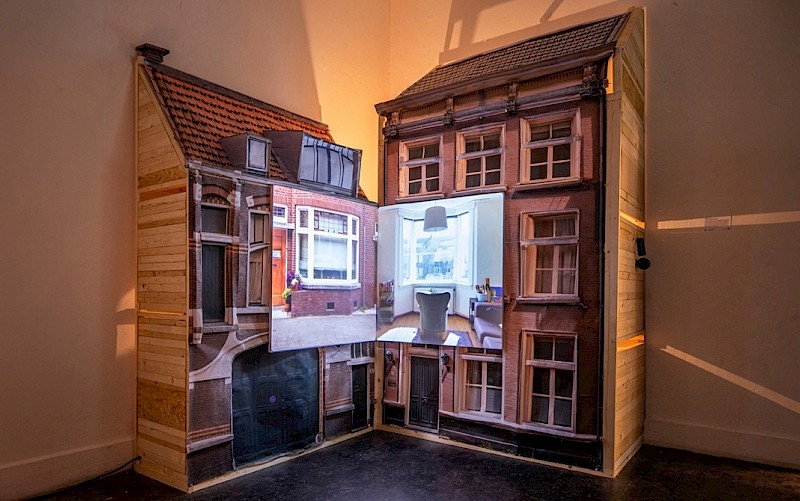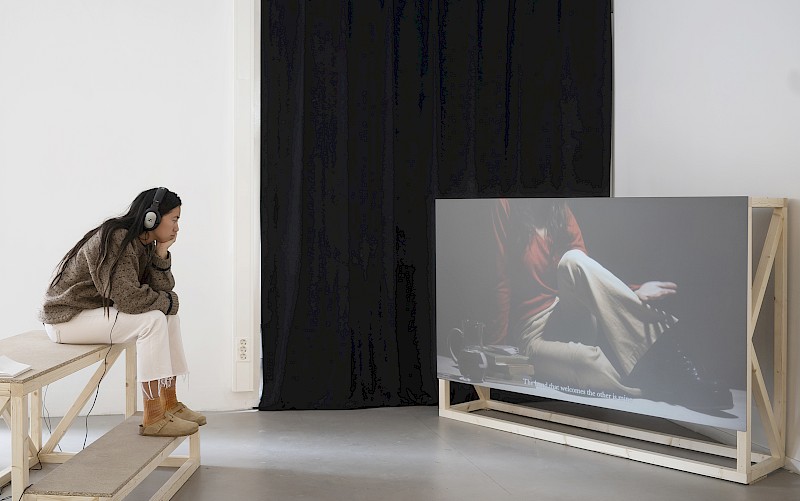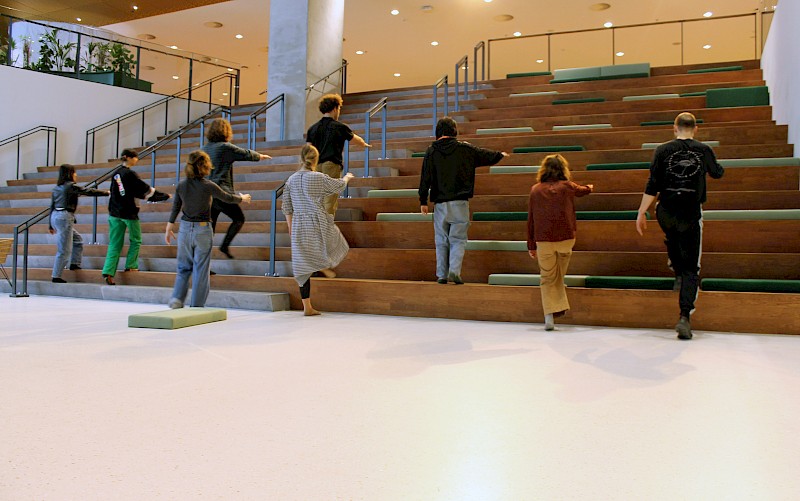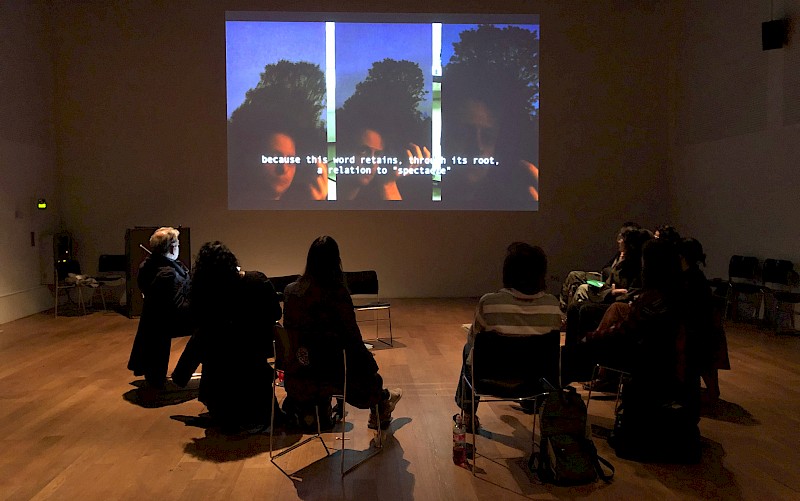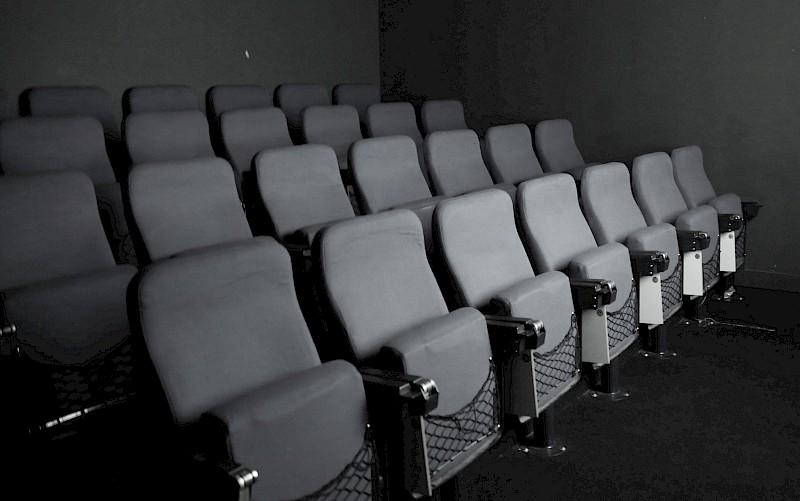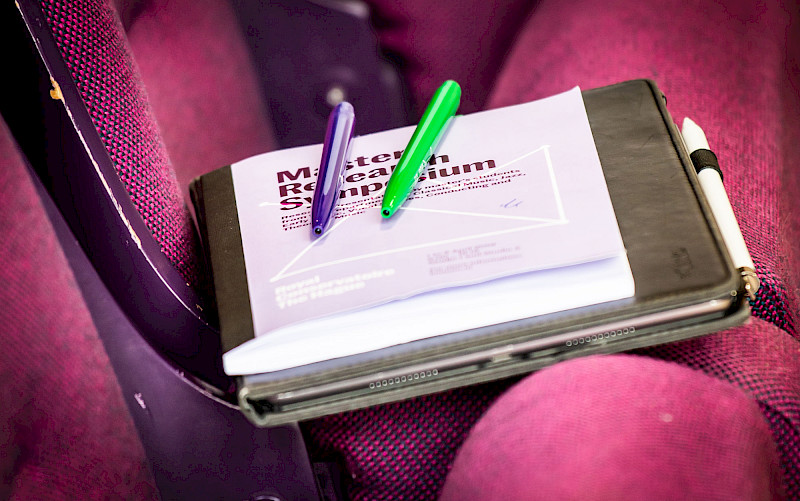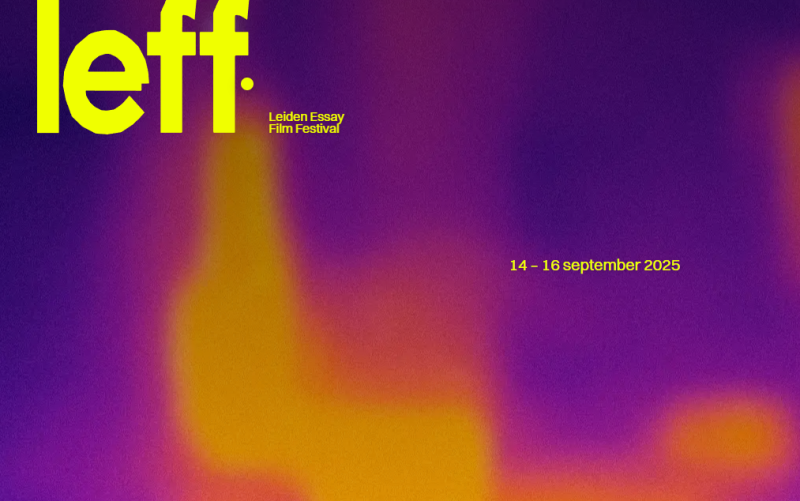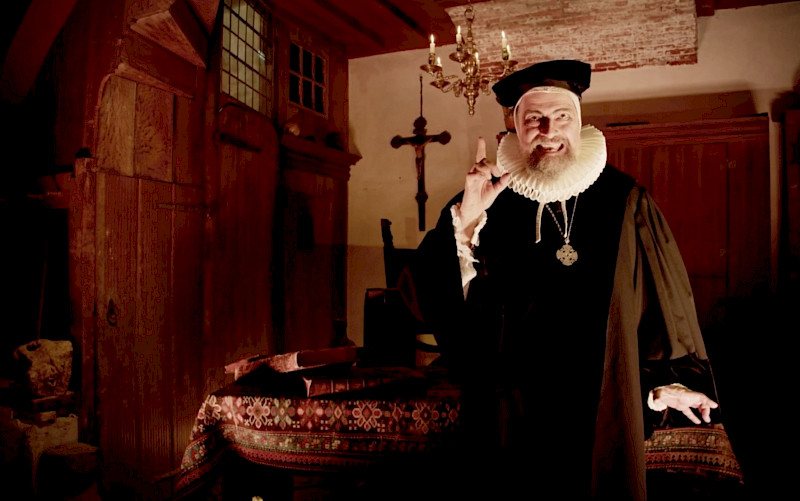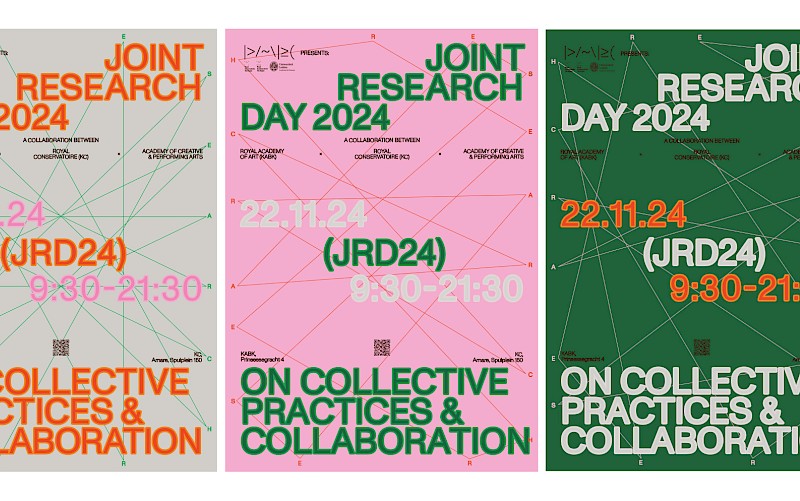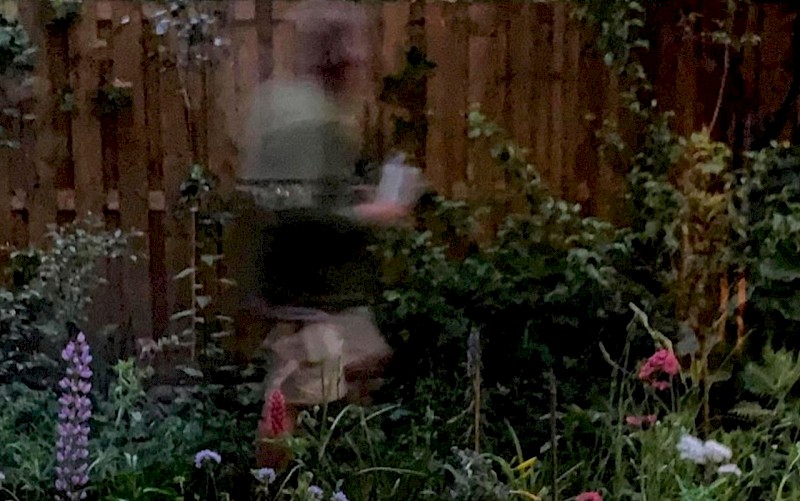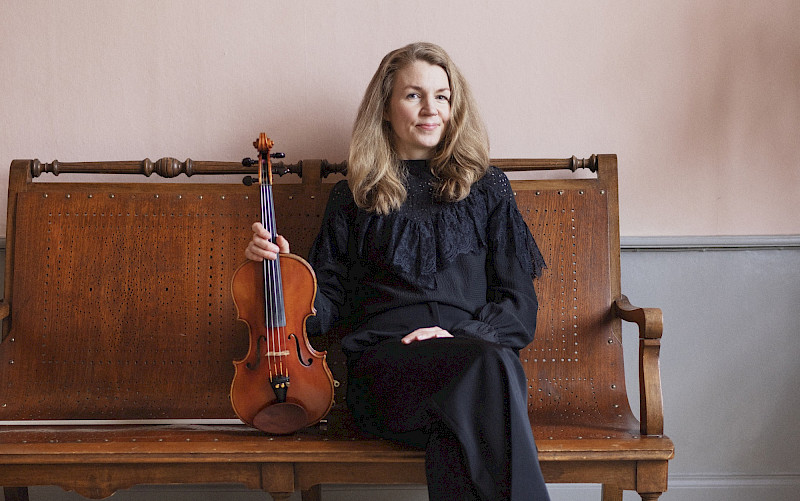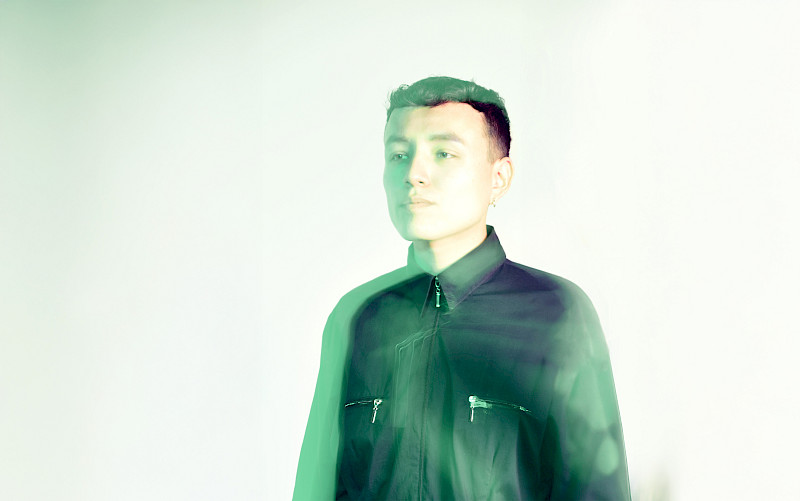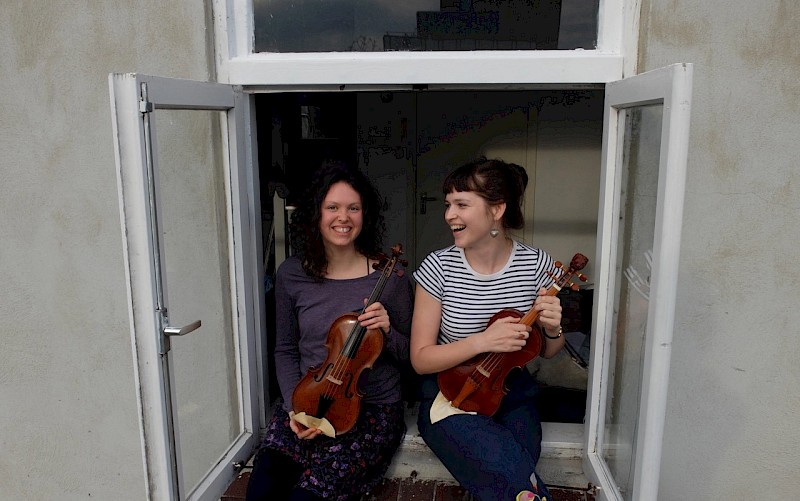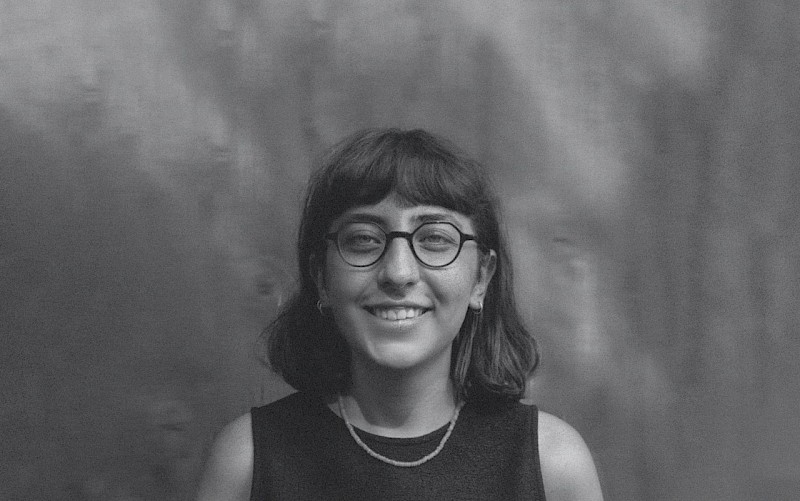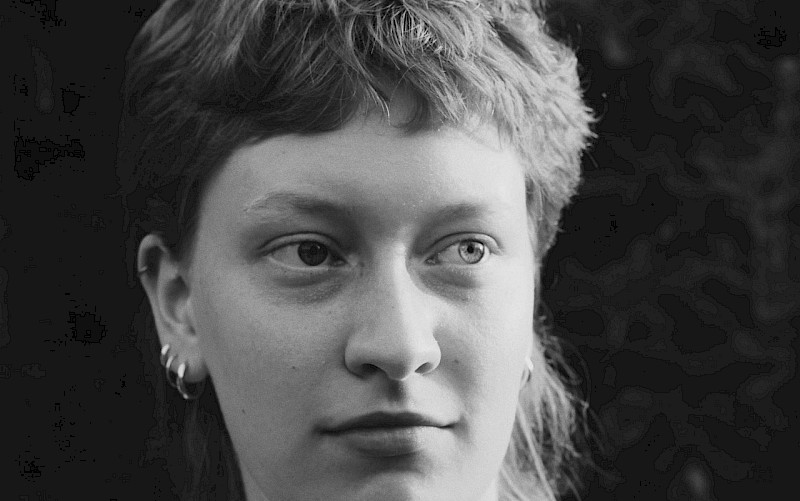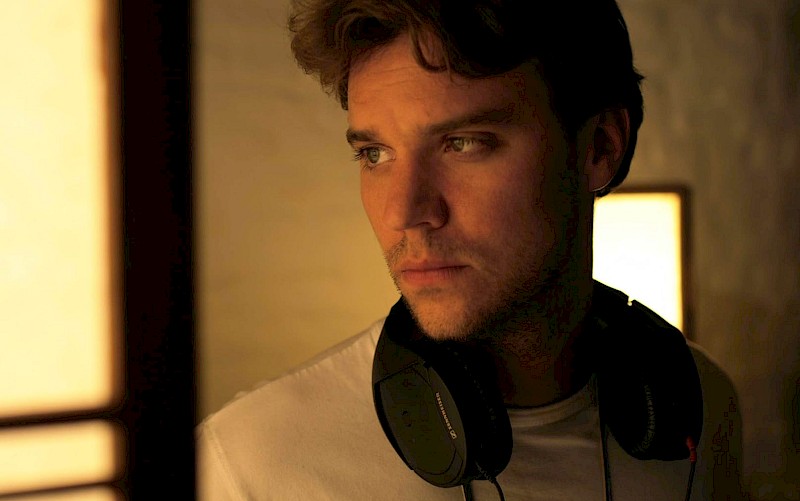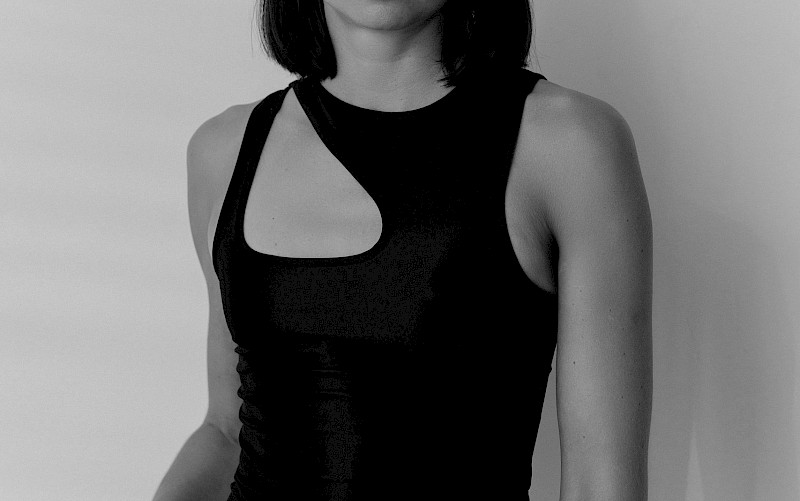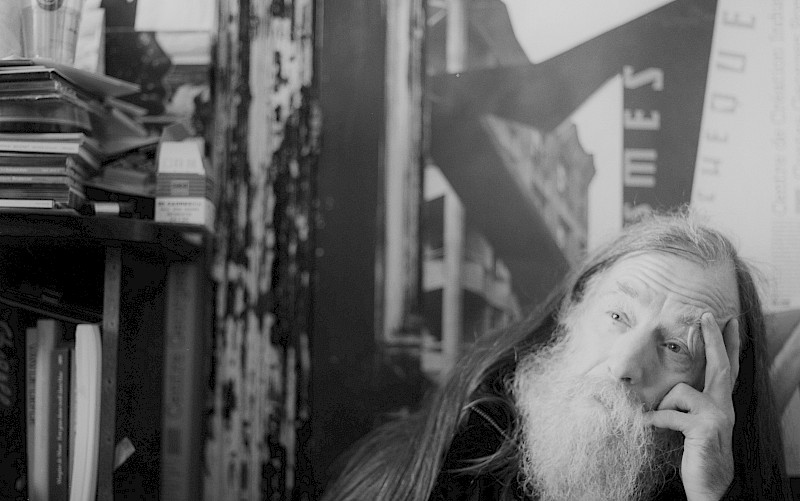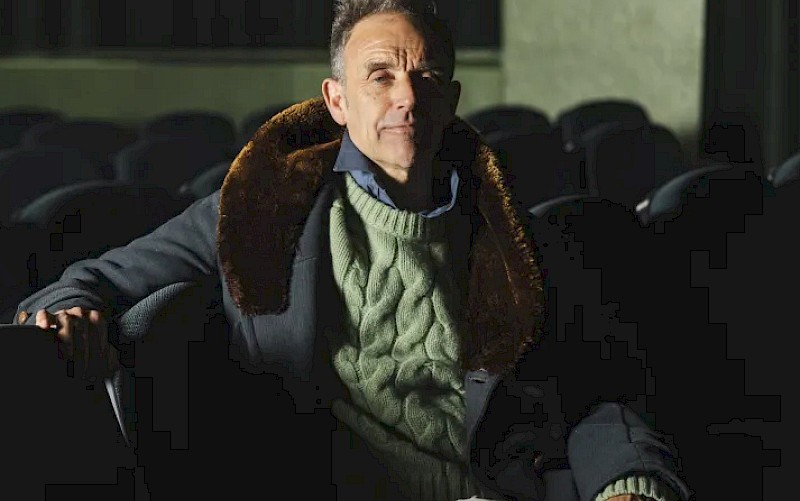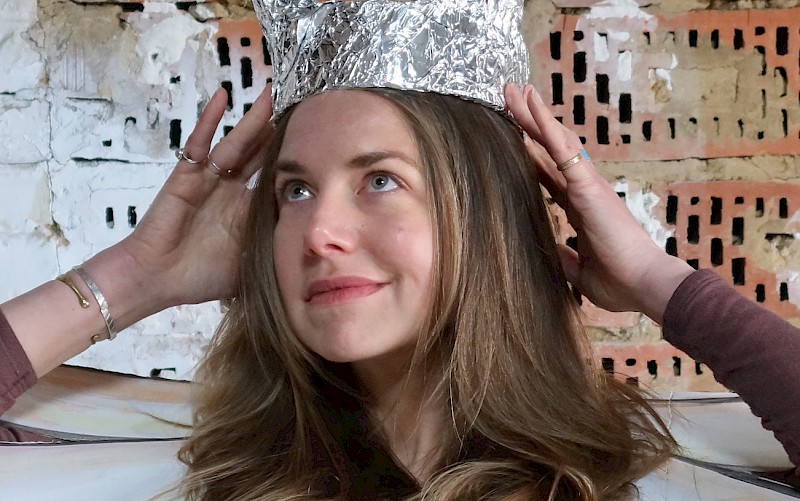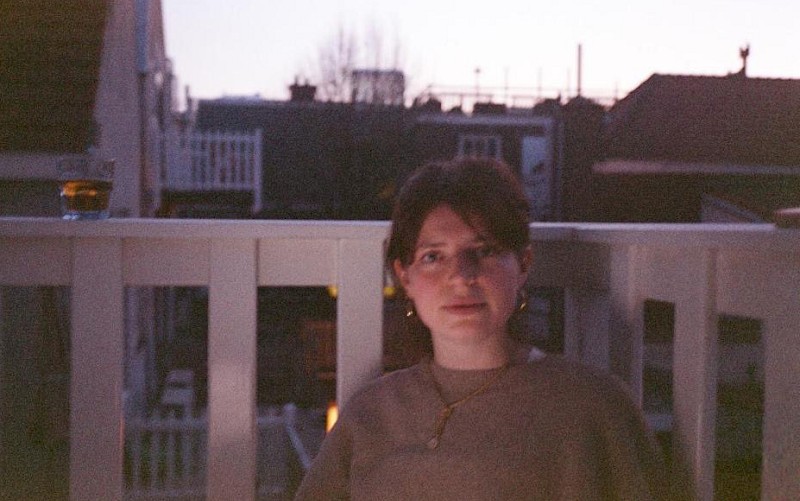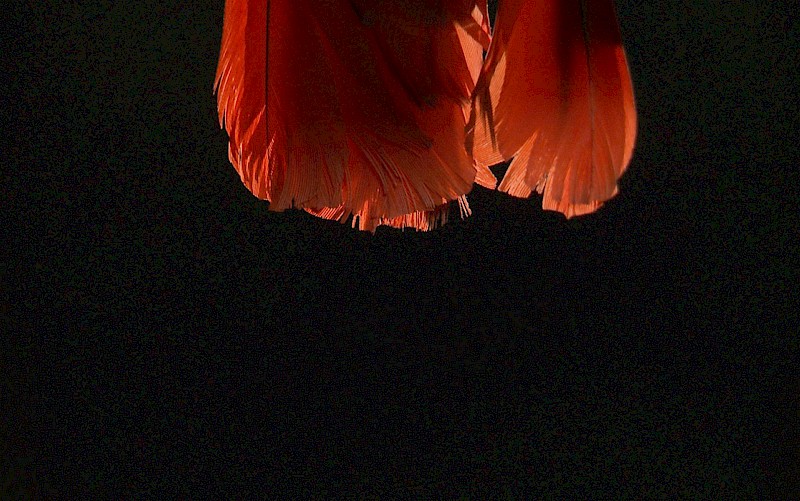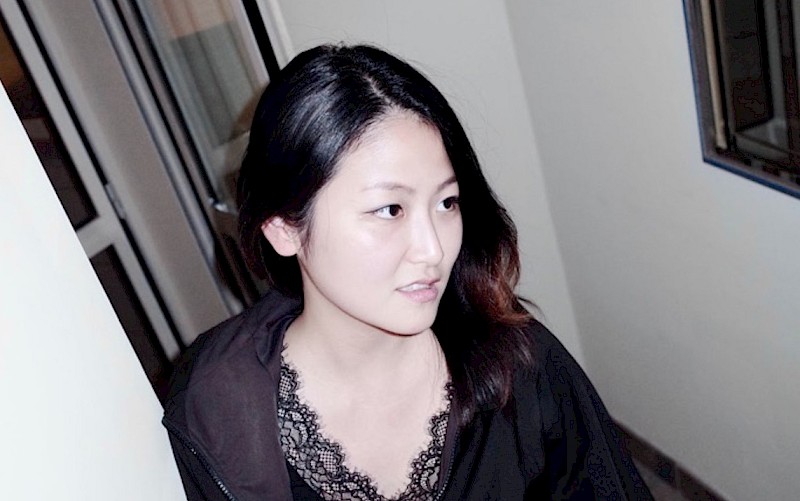
Participatory Cinema and Multi-voiced Storytelling: Monikondee
A screening of Monikondee by Tolin Alexander, Lonnie van Brummelen and Siebren de Haan, followed by a panel talk moderated by Erik Viskil.
Doors open 18:45, screening starts 19:00 sharp, end time 21:30.
If you are a student of KABK or KC you can reserve a free seat by Monday 1 December at: https://eventix.shop/m3ytabek
Note on tickets:
- Please sign up with KABK/KC email address
- Student cards will have to be shown when tickets are collected at Filmhuis
- Please only reserve a ticket if you are sure you can make it. Lectorate FILM will pay for the tickets on behalf of students.
- Got Cineville? Please reserve with your Cineville pass through the Filmhuis website.
Last year, Lecotrate FILM invited Lonnie and Siebren to share their experience of participatory filmmaking during the Joint Research Day 2024. We saw fragments of their fantastic film Monikondee (2025), 103 mins which went on to receive the Prix du Patrimoine Culturel Immatériel (Intangible Heritage Award) 2025 at the 47th edition of Cinéma du Réel.
Now we have the chance to see the whole film in the cinema at Filmhuis Den Haag! Following the screening, directors Tolin, Lonnie van Brummelen and Siebren will be present for a panel talk moderated by Erik.
We hope to see you there!
Monikondee (2025), 103 minutes
Monikondee follows Boogie, a Maroon boatman navigating the rainforest borderland between Suriname and French Guiana to deliver vital goods to remote Indigenous and Maroon communities. The communities face growing pressure: gold-mining pollution and climate change devastate the environment and undermine self-sufficiency. As money replaces systems of mutual exchange, ancestral traditions arepushed to the brink.
Created in close collaboration with local communities, Monikondee blends participatory filmmaking with the multi-voiced Maroon Mato storytelling tradition. The camera moves within the communities, shifting between observational and embodied perspectives to offer a view of ecological disruption, resilience, and the reimagining of tradition in a rapidly transforming world.
Monikondee (2025), 103 minutes
Monikondee follows Boogie, a Maroon boatman navigating the rainforest borderland between Suriname and French Guiana to deliver vital goods to remote Indigenous and Maroon communities. The communities face growing pressure: gold-mining pollution and climate change devastate the environment and undermine self-sufficiency. As money replaces systems of mutual exchange, ancestral traditions arepushed to the brink.
Created in close collaboration with local communities, Monikondee blends participatory filmmaking with the multi-voiced Maroon Mato storytelling tradition. The camera moves within the communities, shifting between observational and embodied perspectives to offer a view of ecological disruption, resilience, and the reimagining of tradition in a rapidly transforming world.
Director's statement
The story of Boogie —a Ndyuka Maroon boatman struggling to juggle his traditional responsibilities with the pressures of a money-driven world—unfolds in a forested landscape ravaged by climate upheaval and pollution from gold mining. Boogie is our guide along the winding rivers, inviting us to drift through the rivers of his thoughts. He shares his role as narrator with those he meets along the way, singing and speaking in their own tongues about the struggles of their communities.
In crafting the narrative, we employed a travelling camera that follows Boogie and the people he encounters, creating an atmosphere where this remote world feels close, drawing the viewer into its reality. We complemented these travelling shots with wide-angle perspectives to situate the actions within the vastness of the rainforest, making tangible the delicate balance between the people and the forces of nature.
The film blends an immersive, sensory style with a collaborative, multi-voiced approach, incorporating techniques from participatory cinema (Brechtian, Rouchian) as well as from the Maroon storytelling tradition of mato, where spectators interrupt the narrator with new storylines and songs—practices breaking the invisible fourth wall. These techniques are realised in the film through multi-voiced storytelling, people re-enacting their own lives, and actors becoming spectators, reflecting on the story we co-created.
Director's statement
The story of Boogie —a Ndyuka Maroon boatman struggling to juggle his traditional responsibilities with the pressures of a money-driven world—unfolds in a forested landscape ravaged by climate upheaval and pollution from gold mining. Boogie is our guide along the winding rivers, inviting us to drift through the rivers of his thoughts. He shares his role as narrator with those he meets along the way, singing and speaking in their own tongues about the struggles of their communities.
In crafting the narrative, we employed a travelling camera that follows Boogie and the people he encounters, creating an atmosphere where this remote world feels close, drawing the viewer into its reality. We complemented these travelling shots with wide-angle perspectives to situate the actions within the vastness of the rainforest, making tangible the delicate balance between the people and the forces of nature.
The film blends an immersive, sensory style with a collaborative, multi-voiced approach, incorporating techniques from participatory cinema (Brechtian, Rouchian) as well as from the Maroon storytelling tradition of mato, where spectators interrupt the narrator with new storylines and songs—practices breaking the invisible fourth wall. These techniques are realised in the film through multi-voiced storytelling, people re-enacting their own lives, and actors becoming spectators, reflecting on the story we co-created.
